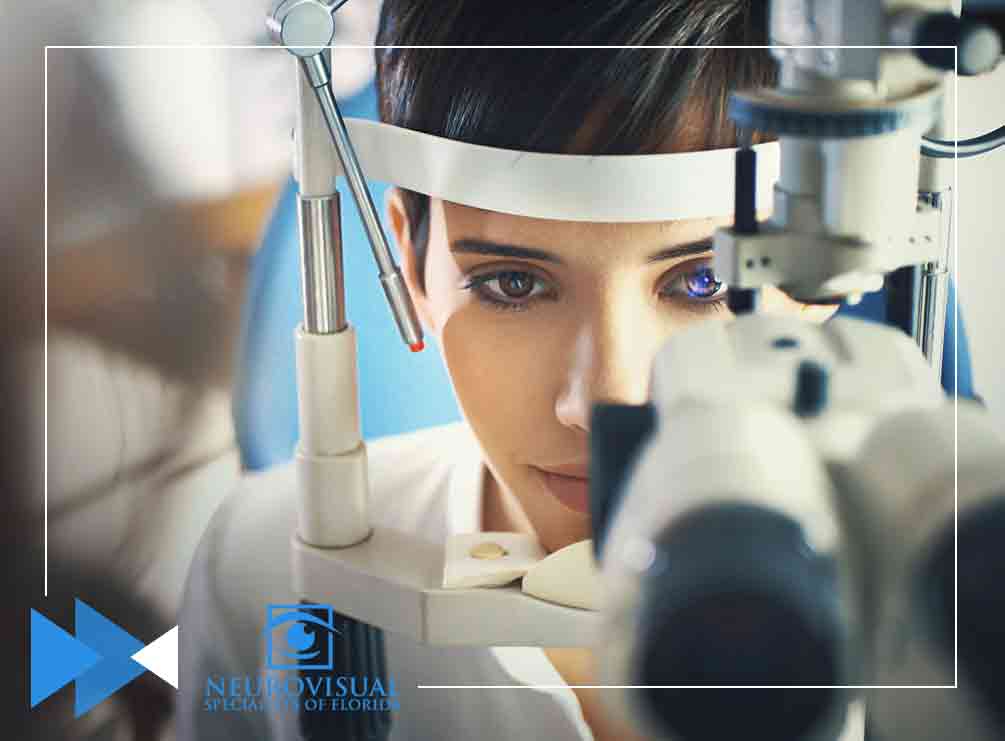You may not experience double vision or other early eye problem symptoms, but that doesn’t mean you have flawless visual health. Eye conditions like binocular vision dysfunction, for instance, are difficult to detect. Fortunately, NeuroVisual Specialists of Florida and iSee VisionCare’s Dr. Erin Sonneberg specializes in this field and offers neuro-visual evaluation. This involves assessing six extraocular muscles responsible for eye movement.
Learn about the function of these six muscles around each eye in today’s post.
1.Lateral Rectus
This extraocular muscle helps move the pupil away from the body’s midline. It’s also responsible for the horizontal movement, similar to the medial rectus muscle. The difference, however, is that the lateral rectus is responsible for abduction while the latter controls movement toward the body’s midline.
2. Medial Rectus
The medial rectus is the largest extraocular movement muscle. It’s responsible for the up-and-down and the side-to-side movement of the eye. Defects on this muscle can cause strabismus.
3. Superior Rectus
This muscle controls the eye’s upward movement. Your eyestrain and anxiety specialists can detect problems with the superior rectus by asking the patient to follow a finger with the eyes. The doctor will then draw the letter H in the air because the two parallel lines of this character will test the superior and inferior rectus.
4. Inferior Rectus
Opposite to the superior rectus, this muscle moves the eyeball downward. The motor function of the inferior rectus is supplied by the oculomotor nerve.
5. Superior Oblique
This muscle is characterized by its fusiform appearance. It provides visual stability when looking upward or downward by resisting the eye’s tendency to rotate involuntarily.
6. Inferior Oblique
When the eye is turned toward the nose, the inferior oblique muscle raises the eye, turning the top of it away from the nose and moving it upward.
In an extraocular muscle function exam, your eye care specialist will observe the movement of the eyes in six different directions. You’ll be asked to sit or stand with your head up while looking straight ahead. Your eye doctor will hold an object about 16 inches in front of your face, move the item, and ask you to follow it with your eyes.
If you are experiencing headaches and dizziness and other eye care concerns, turn to NeuroVisual Specialists of Florida and iSee VisionCare. Call us today at (561) 733-9008. We serve residents of Boca Raton, West Palm Beach, and Lake Worth, FL.


